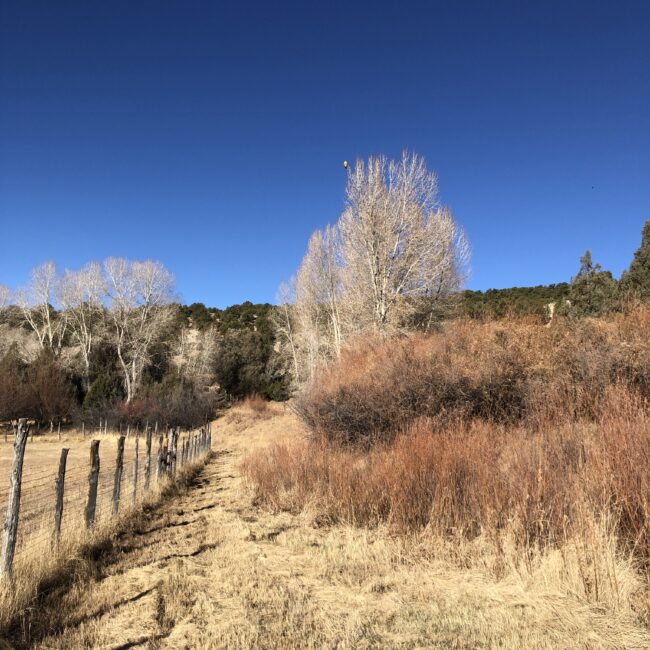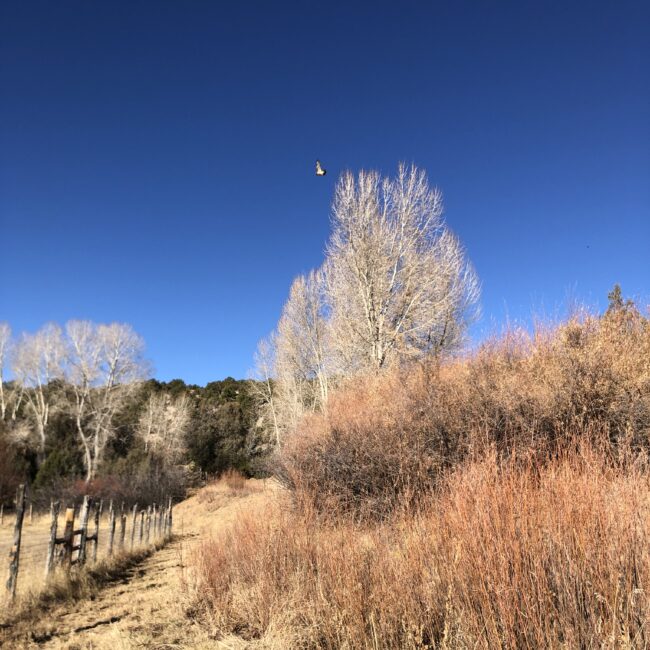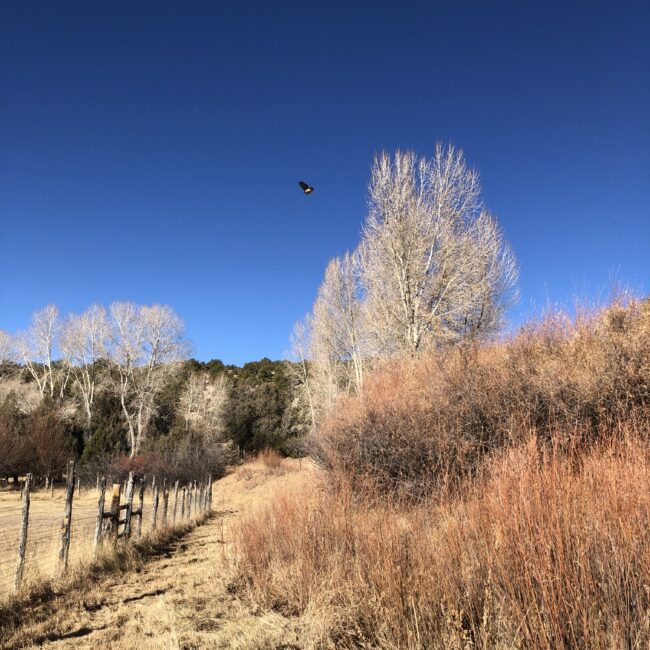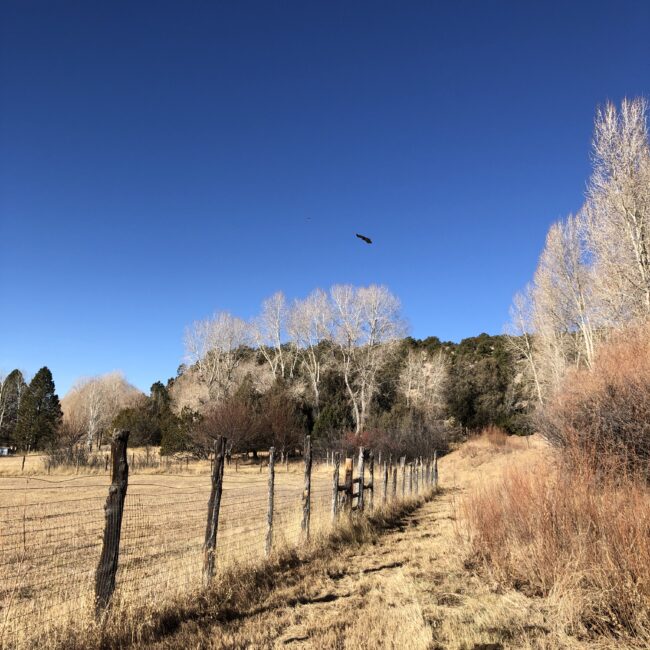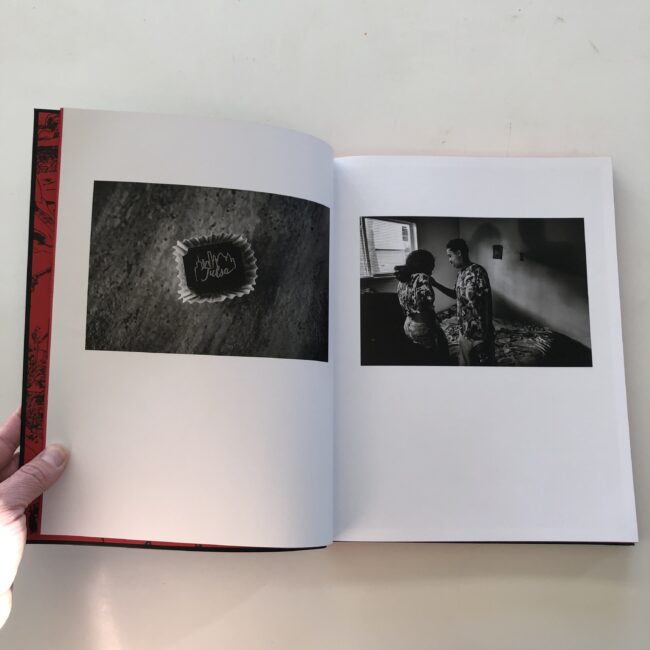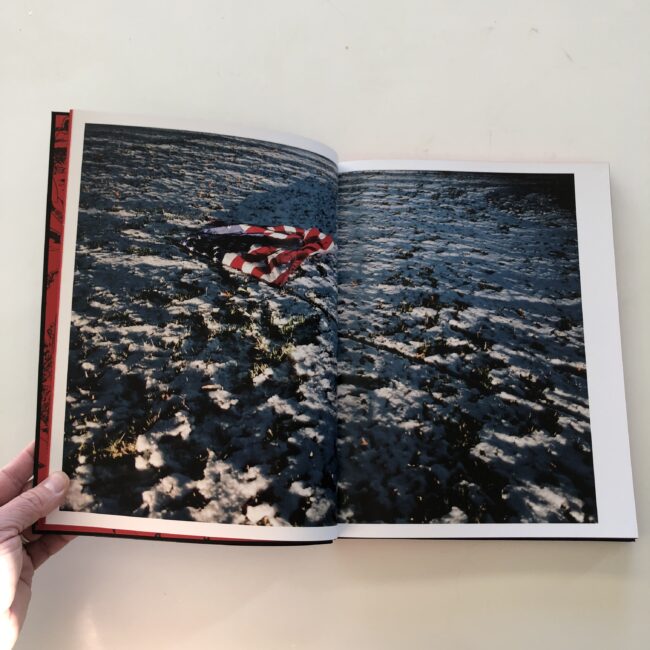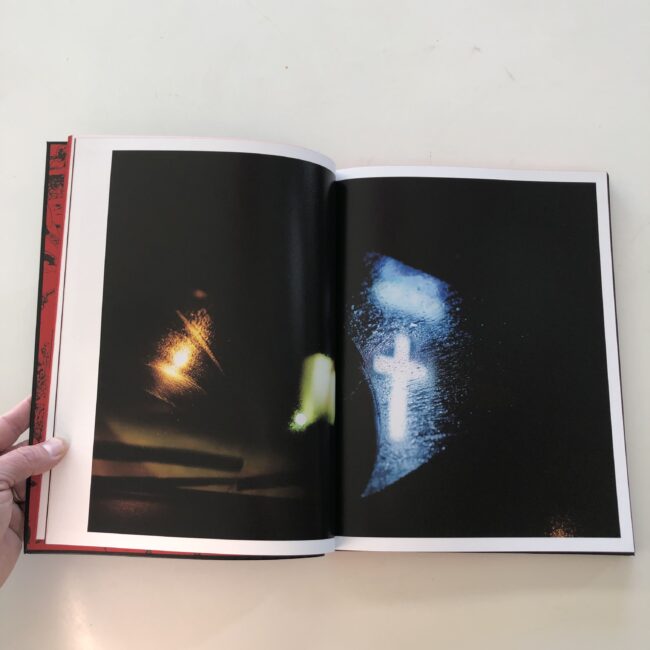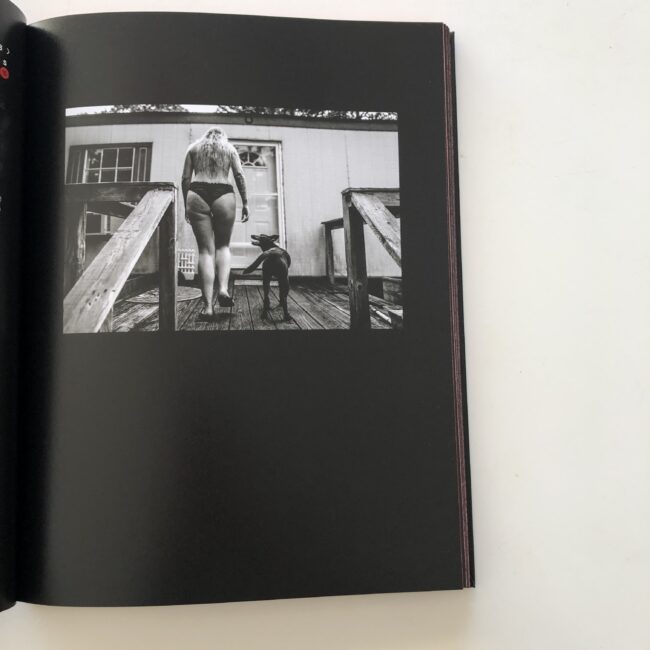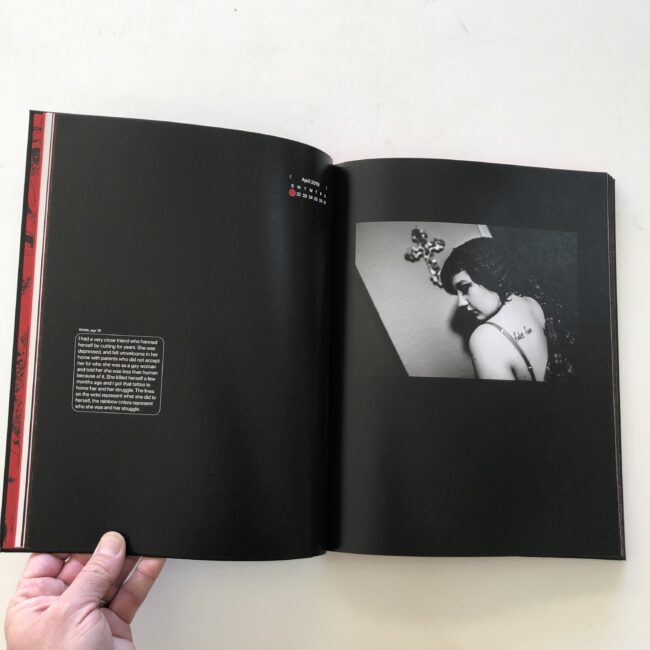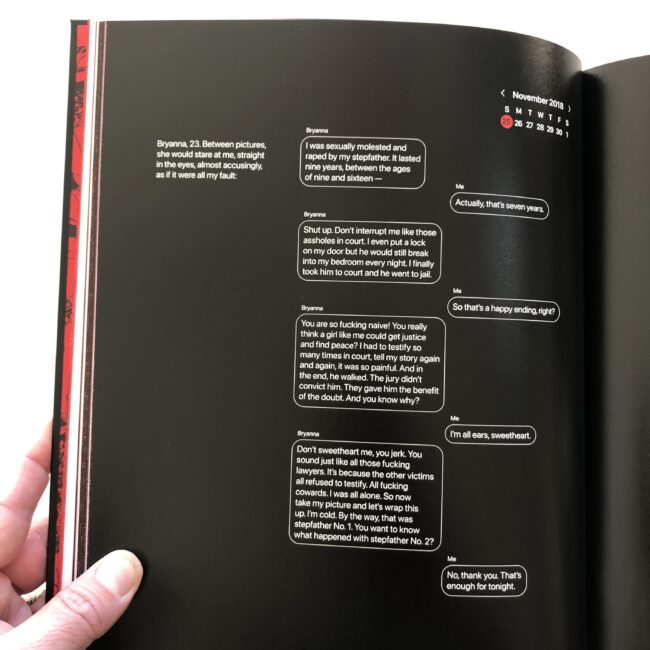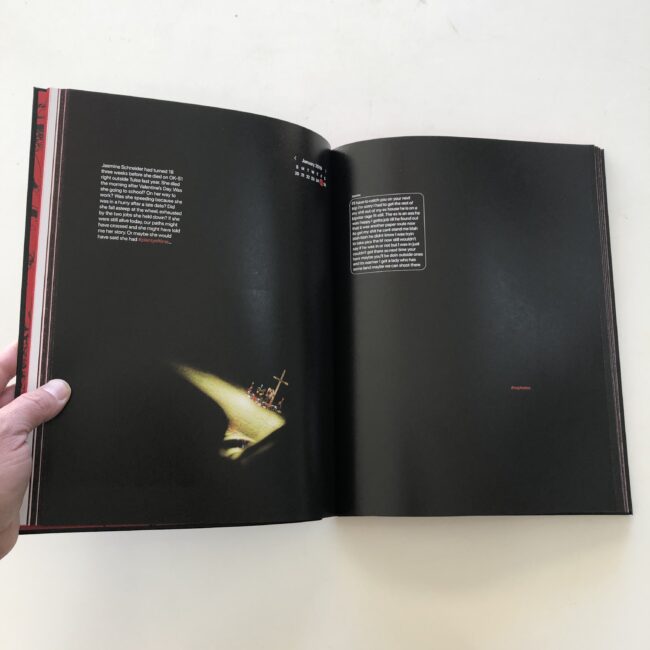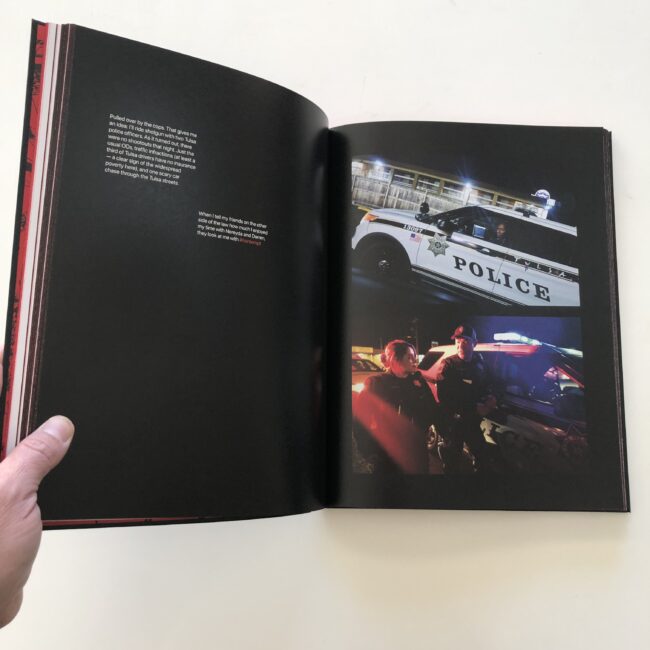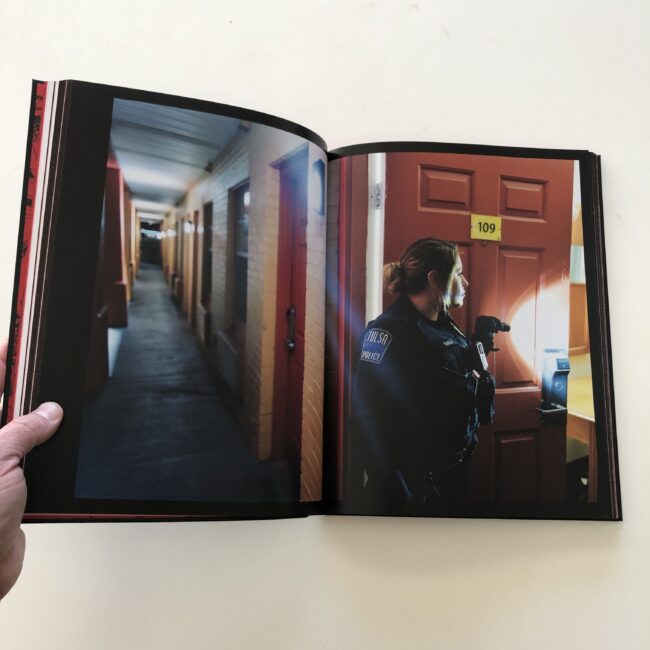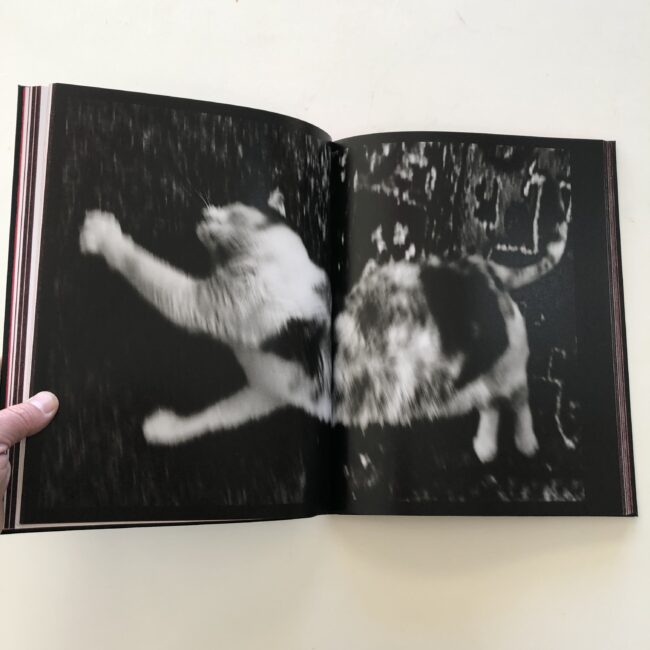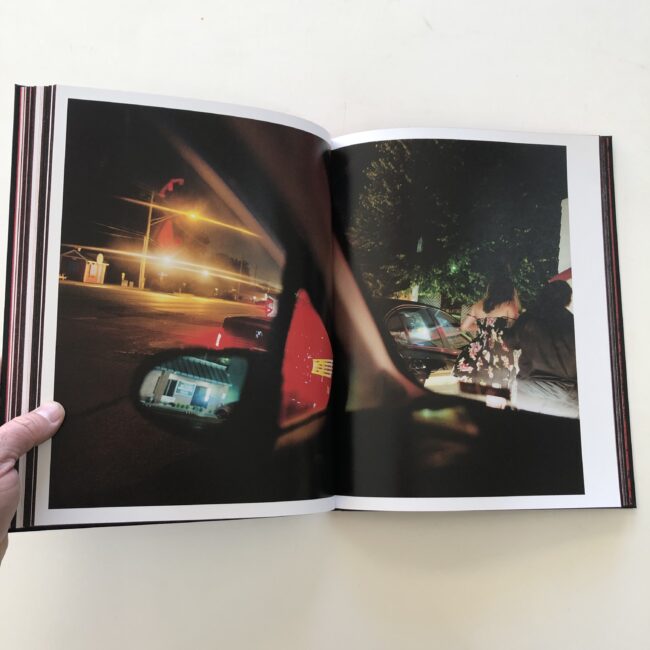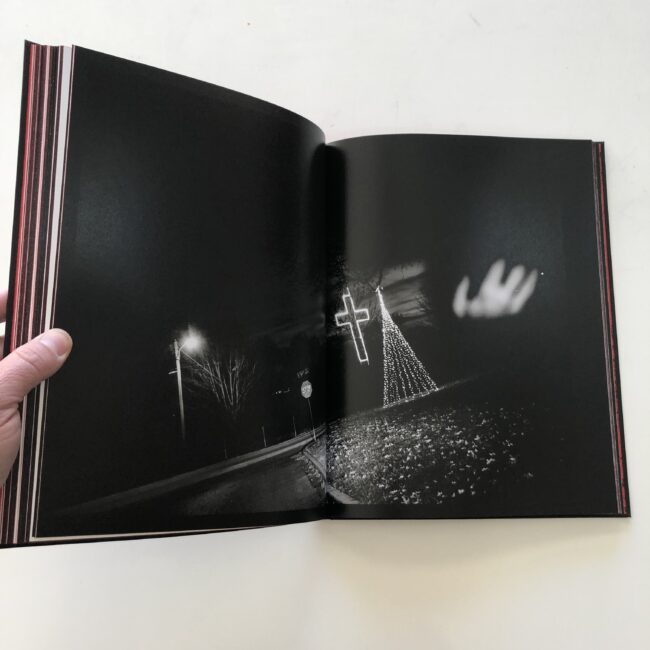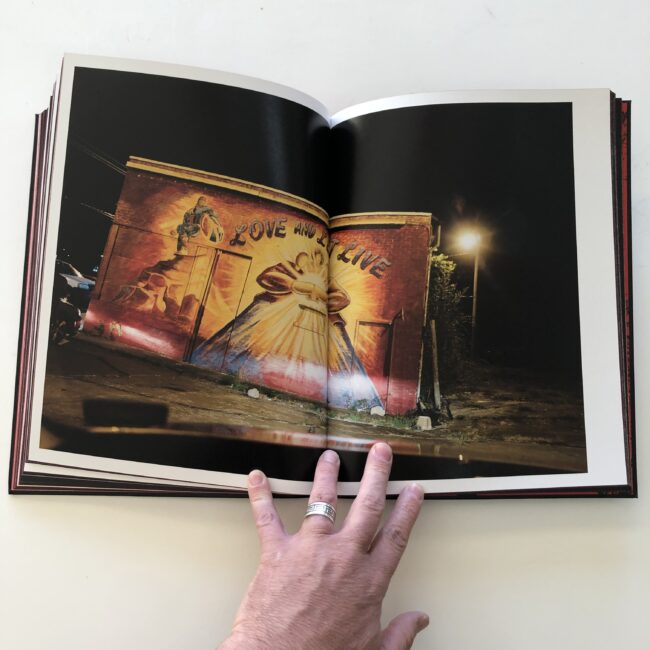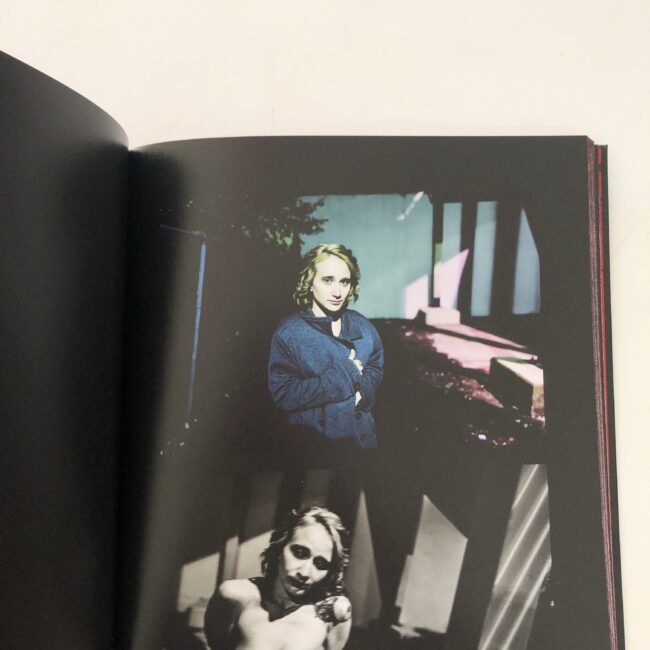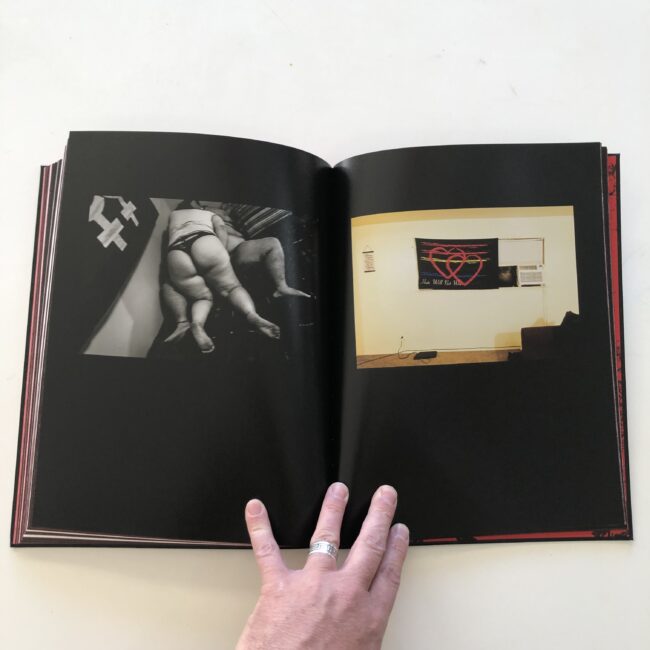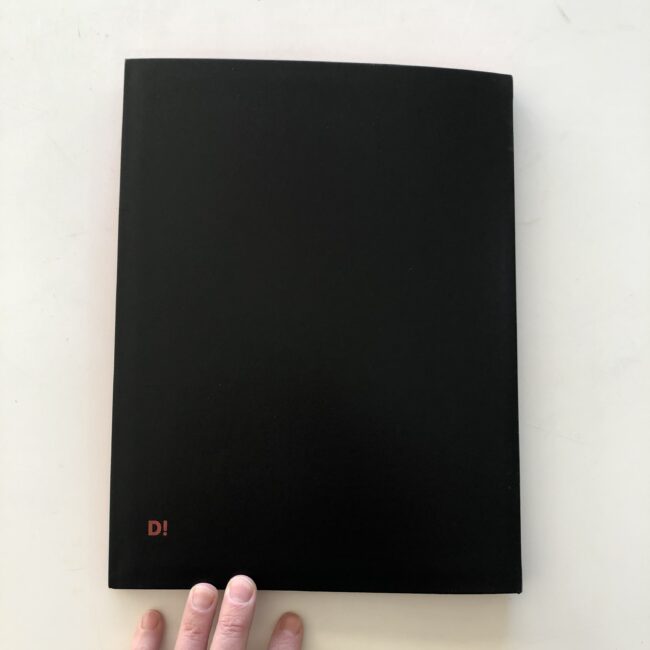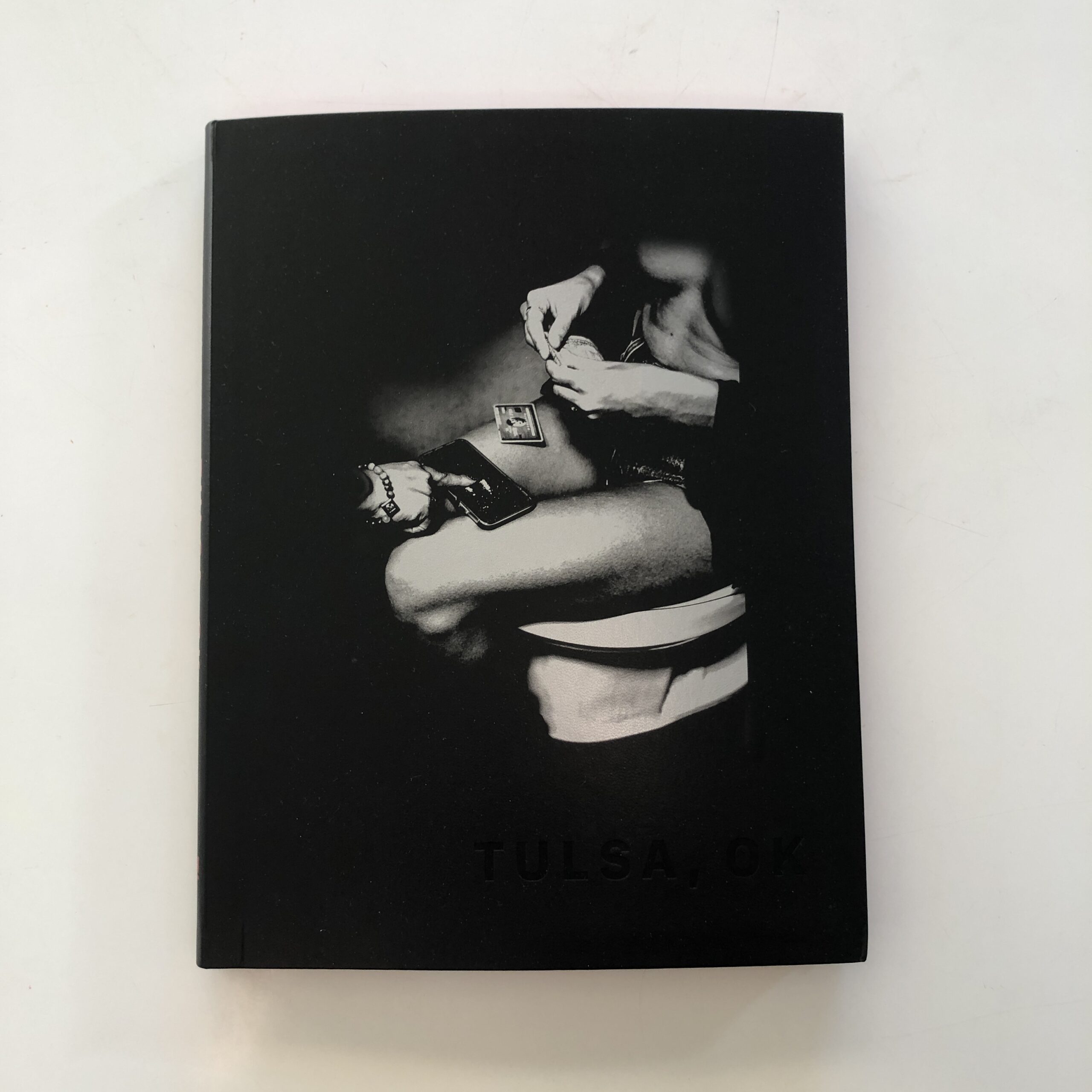
I just saw a massive hawk.
(Up in a tree.)
They’re around a lot, this time of year, the red-tailed hawks.
The brown, dead grass makes it easy to spot prey, so they sit and wait, before swooping with efficient ferocity.
I’ve noticed, over the years, whenever you get too close, the hawks fly away.
It doesn’t matter whether you’re a threat or not.
Either way, as soon as you reach their discomfort zone, off they go.
(That’s nature for you.)
The coyotes are no different.
I’ve seen two this week; their sand-gray coats blending perfectly with the ground color in winter.
(Until the snow comes.)
If you want to appreciate a coyote, and watch the way it moves, you have to stand perfectly still, and if you’re inside, never open the door to get a better look.
They always spook.
Always.
Again, it’s in their nature.
At the merest hint, the faintest whiff of trouble, off they go.
(It’s not for nothing coyotes are such great survivors.)
This week, in addition to watching hawks and coyotes, I’ve also been following The Beatles massive new documentary, “Get Back,” on Disney+, by the master of lengthy story-telling: Peter Jackson.
(Trying to explain to my kids why “The Lord of the Rings” trilogy was such a big deal, in an era of digital-effects-ubiquity, was more difficult than I might have imagined.)
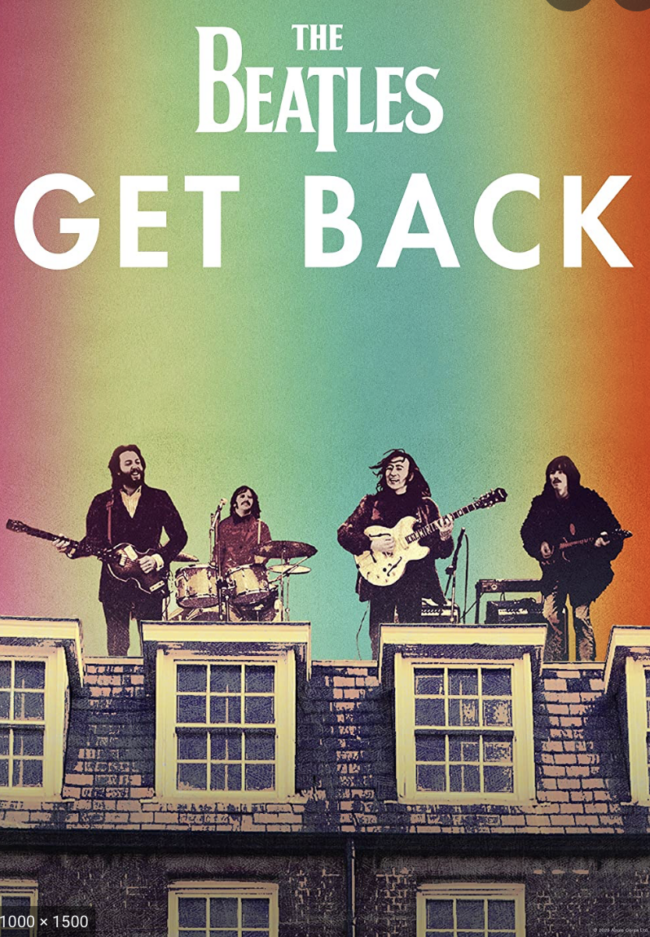
We’re only halfway through Episode 2, but I needn’t bother with spoiler alerts.
We all know how the story ends.
The Beatles break up.
They go out on top, as their late-stage-music is some of the best ever recorded.
But they also dissolve the group, more-or-less hating each other.
A decade of unhealthy relationship patterns turned the band into a ticking time-bomb, and the only question was when it would go off.
Not if.
There is a phenomenal moment, early in Episode 2, that Sir Paul must have nightmares about, as he correctly predicts in 50 years time, people will shake their heads that The Beatles broke up because Yoko Ono sat on an amp.
(Sidebar: Peter Jackson’s opening disclaimer scrupulously states each person is rendered accurately. If that’s true, Yoko was an inscrutably odd bird.)
Immediately after his prediction, though, the film cuts to a scene in which Paul and John are secretly recorded at lunch. The dynamic duo basically admits they ganged up on poor George all these years, denying him power or agency.
The agree (again, not knowing they were being taped,) that he had a right to be pissed at them.
It gives context to the narrative that George is ready to ride off into the sunset, with his Hare Krishna buddies, who at least show him some GODDAMN RESPECT!
What The Beatles prove, not-quite-exactly 50 years ago, is that unresolved emotional issues in relationships can doom even the most productive, successful, lucrative “family” the world has ever seen.
If you can’t sort out your business, it’s going to blow.
That’s as much a law of nature as spooking hawks.
When a person has tried every way to make things better, and failed, eventually that person will tap out.
Or go down in flames.
And this week’s book, “Tulsa, OK,” sent in by Victor d’Allant, a French photographer based in San Francisco, makes that point visually explicit.
Page after page.
This one came in Summer 2021, but I bumped it up the pile, as it represents two anniversaries at once.
“Tulsa, OK” was published this year, on the 100th anniversary of the Tulsa Race Massacre, and the 50th anniversary of Larry Clark’s seminal book “Tulsa.”
Speaking as an artist, a critic, and a human, the cold-open “Watchmen” recreation of the Tulsa Race Massacre was one of the most disturbing, riveting things I’ve ever seen filmed.
(Up there with the beginning of “Saving Private Ryan.”)
Larry Clark’s “Kids” would also make the short list, as watching poor, young Chloë Sevigny get HIV from her punk boyfriend almost made me vomit. (Should I have said spoiler alert? The movie is 26 years old.)

And Clark’s “Tulsa” was one of the first photo books I was shown in class, at UNM in the late 90’s, and until that moment, I hadn’t realized anyone could make art that way.
As the well-written, extensive opening essay in “Tulsa, OK” explains, Larry Clark lived within the world he was documenting, in Oklahoma, and Victor d’Allant did not.
The former was a junkie, making photos of his own world, the latter is a “Visual Anthropologist” with a single-mother-drug-dealer as a fixer, introducing him around the sad, defeated city.
Said fixer, Julie Winter, actually wrote the intricate introduction, in which tells us she knew Victor before she ended up Tulsa, and invited him to come check it out.
Julie refers to this book, (as well as Clark’s,) as “grotesque, terrifyingly awful, full of despair.”
That about sums it up.
The text briefly mentions d’Allant photographs his subjects naked, but I don’t think it really landed in my consciousness when I read it. (At least, not enough to prepare me for what was coming.)
The quote is here:
“Many subjects in both Larry’s and Victor’s books are pretty much naked, as if they both felt their sitters were trying to display some human softness in this awful universe. But in truth, it’s a clever way for the artists to show what would be hidden beneath clothes: cuttings made in desperation, tattoos ordered on some drunken whim, flesh damaged by too many pregnancies…In Tulsa, Victor told me one night as I was trying to fall asleep, ‘nudity shows the fragility of life and the difficulty of survival.'”
I say this now, because it would be impossible not to discuss the elephant in the room, with respect to this book.
Given how much I’ve written about the male gaze in the last year, and the question of when, if ever, men photographing nude women is OK, (because of power dynamics,) I just couldn’t resolve the tension.
So many of the portraits of down-and-out, attractive young women, topless, or totally nude, struck me as exploitative to the point of obscenity.
Many viewers would likely dismiss this book immediately, and on the final page, even the text editor is credited as anonymous, because he doesn’t want his name associated with the book.
OK.
I said it.
But when a book is admittedly meant to be “terrifyingly awful,” you need to expect some fucked up shit within.
(And I will not be sharing any of the explicit photos below.)
The book is dynamic in its design, featuring messaging-app-style text bubbles, calendars, and really excellent image placement, with respect to the visual path.
There is a fire-engine red throughout, and as Victor is from Paris, I need to acknowledge in every episode of “House Hunters International” I’ve ever seen filmed there, that color has always been included in home interiors.
Always.
To the point that Jessie and I joke about it.
They’re filming in Paris?
We’re gonna see that red…
I guess it represents passion, or desire.
Maybe both.
But the quality of the production here, and the compelling, first-person stories of violence, addiction, depravity and love, within the context of a culture of poverty, kept me glued to my seat.
Page after page, my jaw would drop.
I never got comfortable with why the women were depicted topless, when confronting the camera directly, but there are some images, done in a documentary style, where the action is not directed by the photographer… and yes, the nudity makes sense there.
Trigger warning: one story describes a woman being fisted while she’s having her period, and I really hoped we wouldn’t see that illustrated, but we do, in full color.
Damn!
For a book trying to reflect on the vision of Larry Clark’s “Tulsa,” and the worst racially-motivated massacre in American history, I get that controversy serves a purpose.
(Which is why I’m reviewing this book, and why I don’t think it should be banned, panned, or denied its existence.)
It’s a seriously fucked up book about a seriously fucked up subject.
I’m guessing Victor d’Allant is an edgy dude, and though it might be cliché, the French supposedly consider Americans to be prudish.
The structure of book implies that all the subjects chose to be photographed, but if you’re high as a kite, can you actually offer consent?
(He even does a ride-along with the cops, which pisses off his new-underworld-buddies.)
So there we are for today.
Most of you will probably hate this book.
Some of you will love it.
As my old basketball coach used to say, “Where you stand depends on where you sit.”
To purchase “Tulsa OK” click here
If you’d like to submit a book for potential review, please email me at jonathanblaustein@gmail.com. We are particularly interested in books by artists of color, and female photographers, so we may maintain a balanced program. And please be advised, we currently have a significant backlog of books for review.
